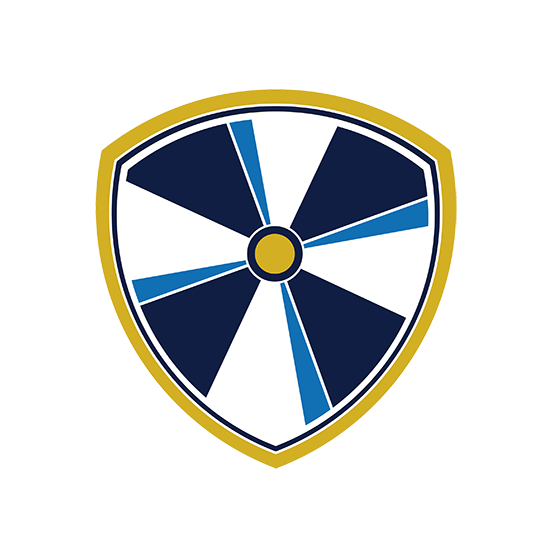Without the ability to read, so much of the curriculum can be inaccessible for children.
That is why we prioritise reading throughout our school.
We want children to enjoy reading, become fluent and build a rich vocabulary.
In Years 3 to 6, each day starts with 30 minutes of 'Love To Read'. Each class reads five or six books together, cover-to-cover each year. The books are classic, contemporary and diverse, representing a balance of styles, periods and authors. Exposure to these texts enriches children's active and passive vocabulary.
It is normal routine for each child to read aloud to the rest of the class and so, while this might be daunting to begin with for less confident readers, every child grows in confidence and fluency as a result. The class teachers also read aloud to the children each day, modelling awareness of punctuation and how emphasis can be used.
All the Love To Read books are shown in the graphic on this page and all of them tie in to the theme/topic for each half term in each class.
Phonics
We help children build knowledge, understanding and technique in reading by focusing on phonics through the Early Years and into Key Stage 1. We continue phonics support into Key Stage 2 for those pupils that need it. We base our teaching of phonics on Read, Write, Inc. principles and resources. Follow this link to videos for families that explain how Read, Write, Inc. is designed.
We track pupils' progress in phonics by using the Read, Write, Inc. assessment tools, as well as Phonics Tracker so we can see which children need what help at each stage in their education.
For a full breakdown of our approach to teaching phonics (our intent, our plan for implementation and our approach to evaluating impact), please see our 'Phonics at Windmill' document.
Accelerated Reader
Our strategic reading program is tailored to each child’s reading ability. Our libraries for each age group are filled with books of all levels and interests! Accelerated Reader allows children to chose books specific to their reading ability in order to engage and challenge them. These books are taken home and, once completed, the children take a test to check their understanding and comprehension of what has been read. Teachers then use this information to support the children to make quick and effective progress in their reading. We want children to discover a love of reading so we provide a wealth of texts and an endless variety of adventures for them to discover.
